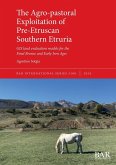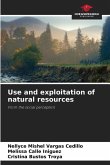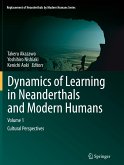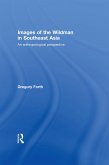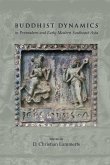Island Southeast Asia is one of the world's marine biodiversity hotspots. Marine environments with dense concentrations of fauna rich in fatty acid nutrients are thought to have been important to Homo sapiens' subsistence, leading to coastal highway hypotheses for dispersals in the Wallacean and Philippines archipelagos. This monograph provides new data and discussion on human maritime adaptation. Using fish assemblages recovered from sites in the region, it offers large-scale comparisons on a north-south gradient between sites by combining archaeological and ethnographical data with advanced taxonomic and statistical analyses. By reviewing the ecological specificities of each identified taxon, it is believed humans mostly exploited near-shore environments and that inter-site differences are directly related to local environmental disparities, as well as environmental transformations from climate change and sea level variations. The exploitation of specific local environments required the development of adapted fishing techniques, thereby demonstrating the coexistence of highly complex and sophisticated modernity patterns related to marine and coastal adaptation.
Hinweis: Dieser Artikel kann nur an eine deutsche Lieferadresse ausgeliefert werden.
Hinweis: Dieser Artikel kann nur an eine deutsche Lieferadresse ausgeliefert werden.


